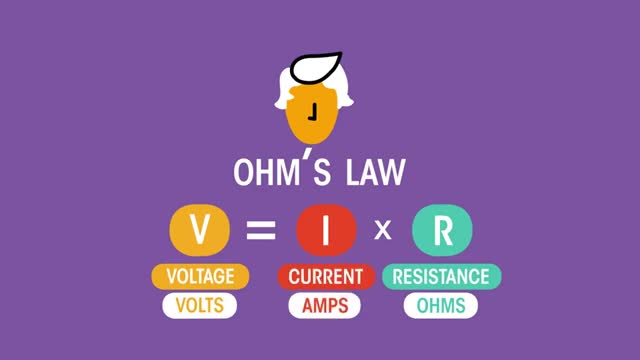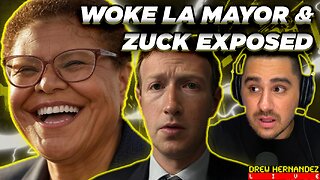Premium Only Content

Resistors | Electricity | Physics | FuseSchool
Resisting means to withstand something and that’s what electrical resistors and resistance in an
electrical circuit does. In this video we’re going to learn about electrical resistance and resistors.
An electric current is the flow of electric charge (composed of negative electrons) through a
conductor. It is measured in coulombs per second also known as amps or amperes. The conductor is made of atoms joined in a metallic lattice of free electrons. As the current flows through the
conductor, the electrons collide with the atoms. Energy is thus transferred for example to heat. This
explains why a wire, with electricity flowing through it, often feels warm to the touch.
CREDITS
Animation & Design: Jean-Pierre Louw (behance.net/Jean-Pierre_Louw)
Narration: Dale Bennett
Script: Bethan Parry
SUBSCRIBE to the FuseSchool YouTube channel for many more educational videos. Our teachers and animators come together to make fun & easy-to-understand videos in Chemistry, Biology, Physics, Maths & ICT.
VISIT us at www.fuseschool.org, where all of our videos are carefully organised into topics and specific orders, and to see what else we have on offer. Comment, like and share with other learners. You can both ask and answer questions, and teachers will get back to you.
These videos can be used in a flipped classroom model or as a revision aid.
-
 21:24
21:24
The Based Mother
1 day ago $0.03 earnedThis is not a drill - California is set on self-destruction.
1993 -
 6:06:49
6:06:49
Sgt Wilky Plays
12 hours agoFirefight Friday
35.6K5 -
 5:03:49
5:03:49
Drew Hernandez
15 hours agoLA MAYOR PUSHED $49 MILL LAFD BUDGET CUT ONE WEEK BEFORE FIRES?
94.3K56 -
 2:52:04
2:52:04
Nobodies Gaming
10 hours ago $5.63 earnedNobodies Rumble Gaming TEST STREAM 2.0
58.3K3 -
 1:00:36
1:00:36
Talk Nerdy 2 Us
9 hours agoDigital Surveillance, TikTok Shutdowns & The Hackers They Don’t Want You to Know About!
47.9K2 -
 3:08:37
3:08:37
SpartakusLIVE
12 hours agoDelta Force || Tactical, Strategic, HARDCORE
54K2 -
 3:32:05
3:32:05
I_Came_With_Fire_Podcast
16 hours agoTRUMP GUILTY Verdict, LA Fires, New American EXPANSIONISM, and Cyber Truck Updates!!
30.5K13 -
 1:26:05
1:26:05
Glenn Greenwald
13 hours agoGOP Senators Demand Tulsi Support Domestic Surveillance To Be Confirmed; Group Tracks IDF War Criminals Around The World; System Pupdate: Pointer's Determination To Survive | SYSTEM UPDATE #387
136K86 -
 57:27
57:27
Flyover Conservatives
1 day agoHealthy People Are Ungovernable: The Secrets They Don’t Want YOU to Know - Tracy Beanz | FOC Show
70.8K7 -
 8:36:11
8:36:11
Dr Disrespect
19 hours ago🔴LIVE - DR DISRESPECT - DELTA FORCE - INTENSE SITUATIONS ONLY!
259K28